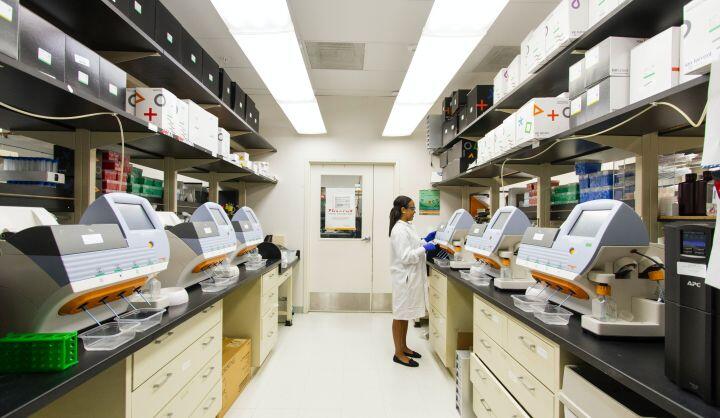- January 23, 2023
- Workforce
As two former public servants who worked through the first wave of the COVID pandemic in New York, one of the hardest hit states in the U.S., we experienced the highs and lows of governments’ rapid transition to working from home firsthand. We also saw the workforce rise to the challenge and provide tremendous service and leadership under such unusual and difficult circumstances.
We set out on this research project to better understand the impacts of hybrid work on governments in the United States since early 2020. We broadly define ‘hybrid work’ as a system in which work is done in part from home and in part from the office, at the organizational level. The goal of this research project is to help public sector organizations realize the benefits of this way of working.
This study centers around a survey of 227 public servants, primarily working at the city level of government, to learn from their experiences during the pandemic. Several very clear themes emerged in their responses: trust, leadership, technology, and wellness. Perhaps most of all, the increased flexibility that came with working from home was tremendously beneficial for many of our respondents. The impact on workers’ personal lives extends far beyond the work itself.
Trust: Our respondents indicate that at the core of hybrid work challenges is a lingering distrust of the model of work and of employees themselves. While most of our respondents reported no change in their work as a result of working outside of the office, they also reported that leaders were not making decisions based on that operational reality. An effective, thoughtful hybrid work policy will help build and rebuild trust within government organizations.
Leadership: Due to the hierarchical nature of government, leadership plays an outsized role in the way decisions are made in the public sector. Elected leaders in particular often set the tone across many agencies, especially as they often have other political issues which factor into their decisions around hybrid work. We understand those complexities and also encourage leaders to embrace hybrid work and support their workforces in developing the skills they need to operate most effectively in that environment. A workforce that can effectively work from anywhere will also help elected leaders accomplish their goals.
Technology: Only a small percentage of our respondents identified technology as a problem - and even then, it was primarily a minor problem. However, there is a larger question in play. Governments across the world have been working to modernize their technology and operations over the last decade. The priorities of hybrid work - cybersecurity, digital communication and collaboration, and digitalization of process - mirror the investments governments have already been moving towards.
Wellness: One of the most consistent types of responses that we received to our survey was about the improvements in personal health and wellness. Respondents mentioned everything from eating better, to being able to take better care of themselves and their families and being able to engage more deeply in their communities. Those stakes, the outcomes of those experiences, are incredibly high for many people, perhaps most people. In this study we have shared some of the most impactful statements shared with us - and the themes are clear. Wellness matters and the organizations that take this seriously will have a much easier time filling positions.
We conclude that not only will embracing hybrid work lead to a happier workforce, but it will also improve the overall operational structure and resilience of organizations for organizations that embrace it.
Download and continue to read The Future of Hybrid Work in the Public Sector here.






